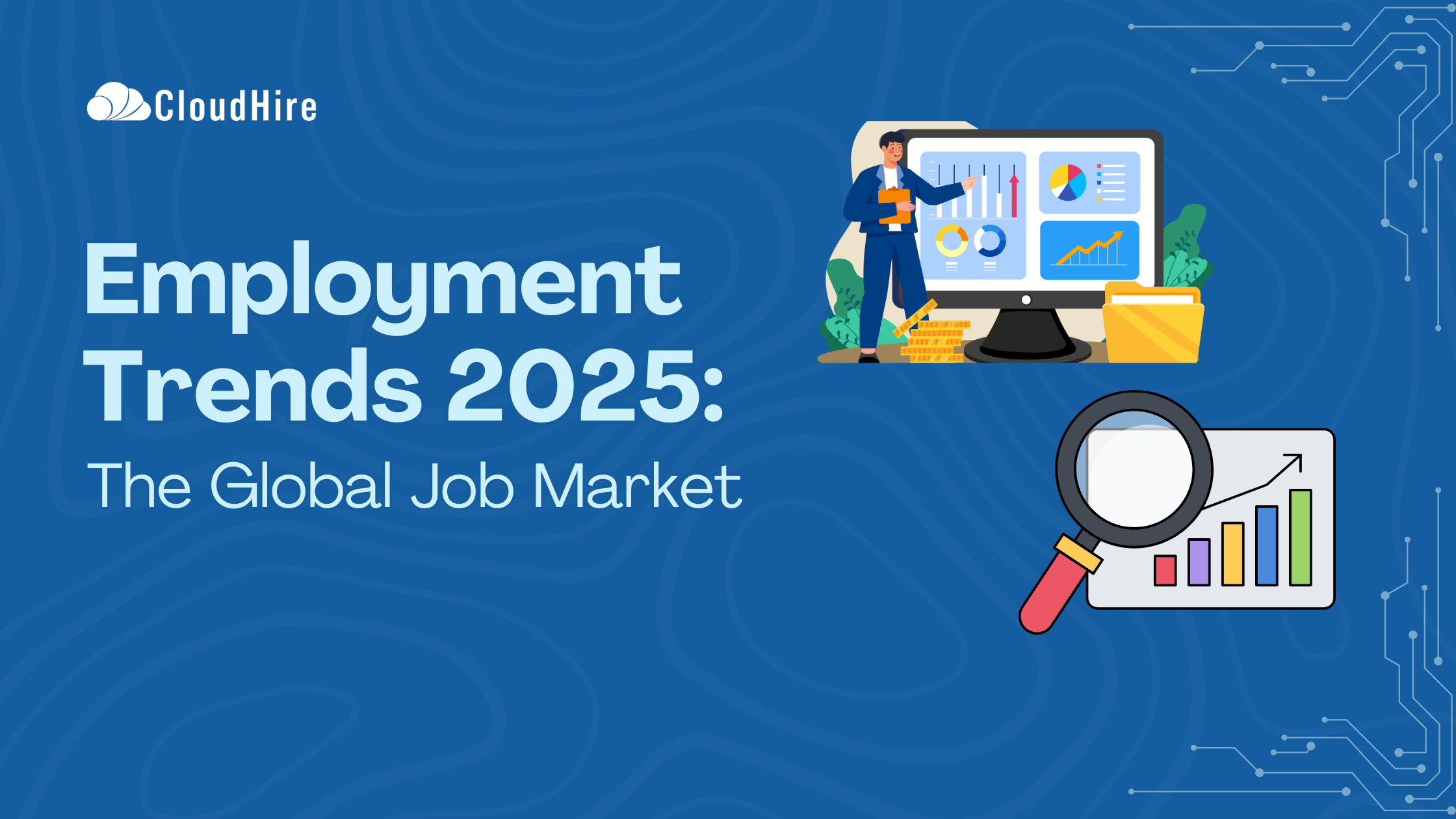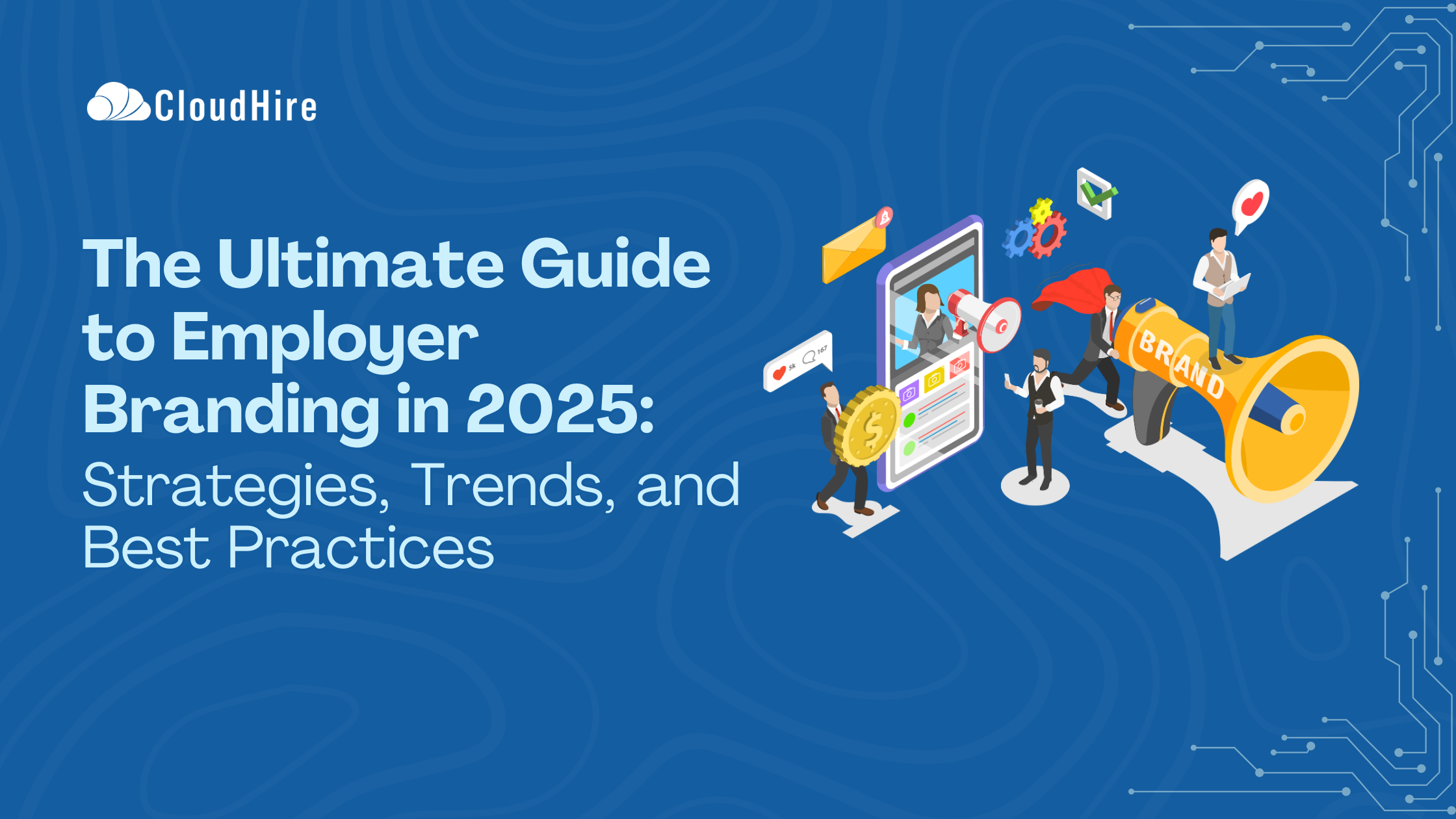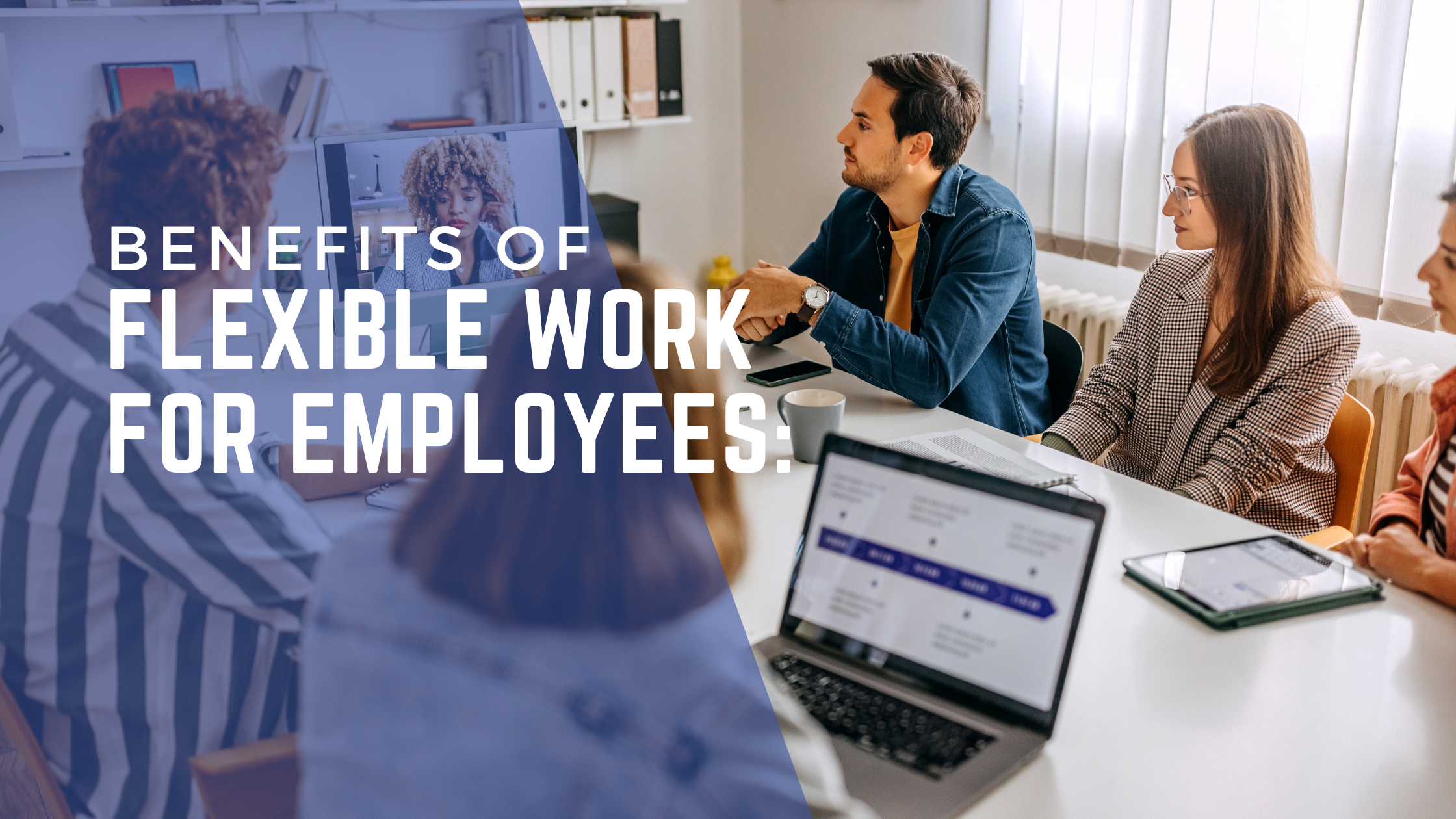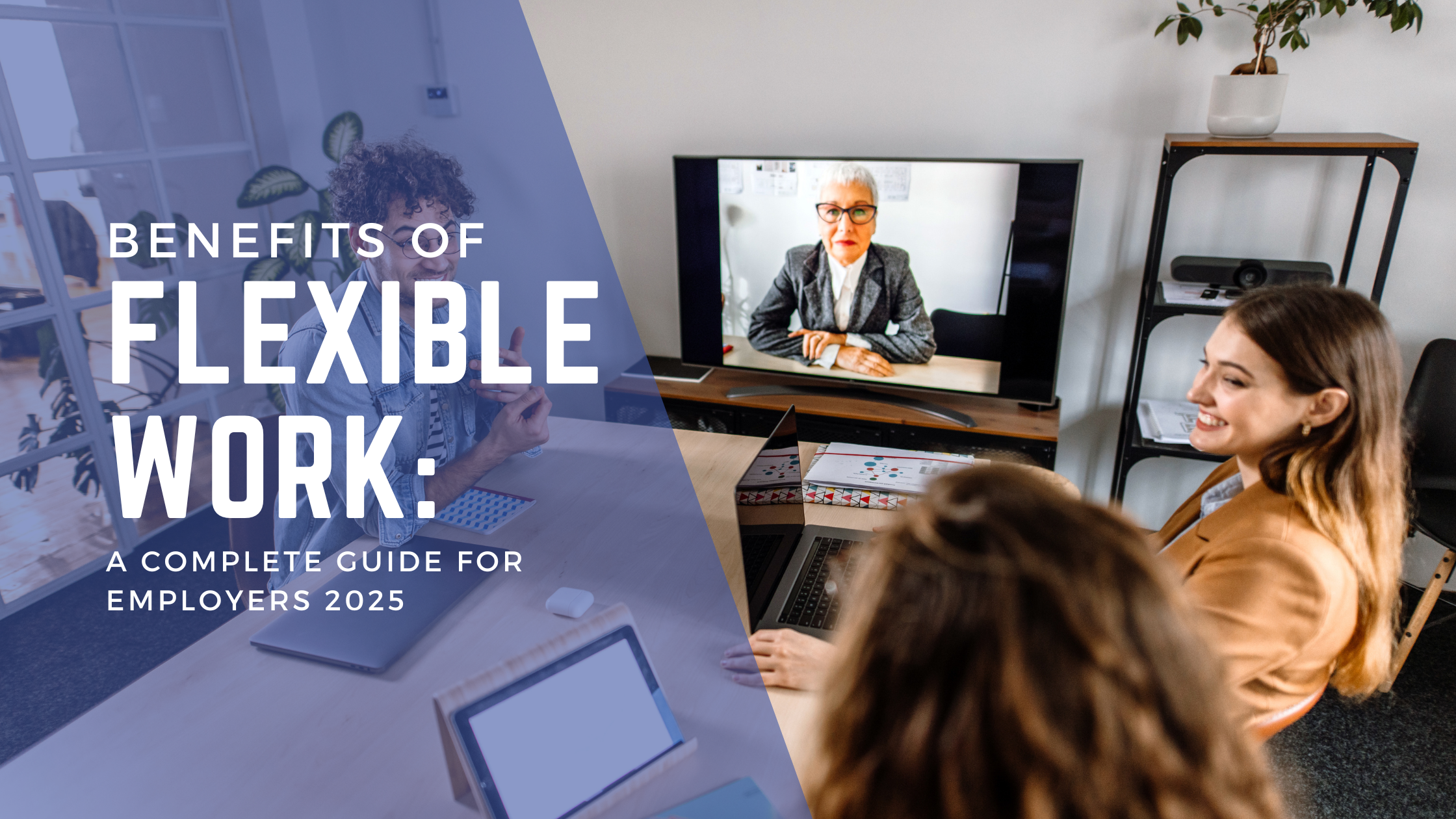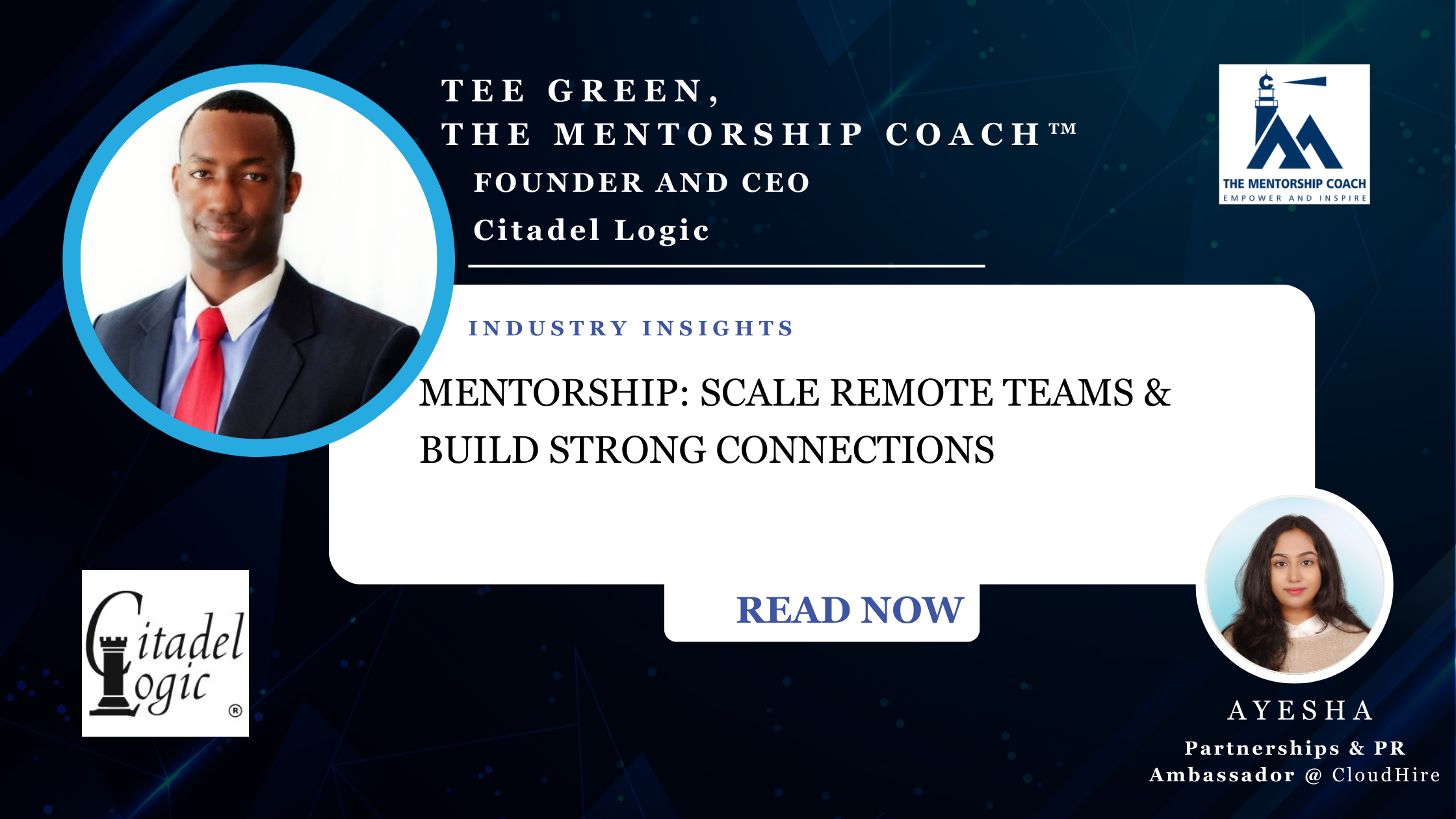Employment Trends in 2025 represent a fundamental shift in how we work, learn, and collaborate. This comprehensive analysis draws from leading research institutions and industry reports to provide actionable insights into the evolving workplace.
Employment Trends 2025 – Current State of Global Employment
The global employment landscape of 2025 represents a complex intersection of technological advancement, changing workforce demographics, and evolving economic priorities. This transformation has been accelerated by the aftermath of global disruptions, resulting in a fundamental restructuring of how organizations operate and how work is performed. Understanding these changes is crucial for businesses, workers, and policymakers as they navigate the new employment ecosystem.
Economic Indicators and Market Dynamics
Economic indicators in 2025 reflect a dramatic shift from traditional employment metrics to more nuanced measurements that account for the diverse ways people now engage in work. These indicators encompass not just employment rates but also measure workforce flexibility, digital integration, and the growing influence of automation. The emergence of new work models has necessitated a complete overhaul of how we evaluate economic health and labor market stability.
According to the [World Economic Forum’s 2025 Employment Report], the global employment rate stands at 61.2%, with significant variations across regions. Remote work adoption has reached 45% of the global workforce, while the gig economy now encompasses 36% of workers. Most notably, AI-augmented roles have seen a 52% increase since 2023, fundamentally changing job requirements and skill demands.
Regional Employment Variations
Regional differences in employment patterns have become more pronounced in 2025, reflecting varying rates of technological adoption, cultural approaches to work, and economic development stages. These regional distinctions are crucial for understanding global workforce dynamics and developing targeted strategies for different markets. Each region presents unique challenges and opportunities, influenced by its technological infrastructure, regulatory environment, and workforce characteristics. The [International Labor Organization’s 2025 Analysis] highlights distinct regional patterns:
North America:
- Employment rate: 65.8%
- Tech sector growth: 18%
- Digital transformation: 42%
Europe:
- Employment rate: 63.4%
- Green jobs growth: 25%
- Digital economy: 35%
Asia-Pacific:
- Employment rate: 60.2%
- Manufacturing automation: 48%
- Digital transformation: 55%
Emerging Workforce Patterns and Technologies in Employment Trends 2025
Digital Leadership Evolution
The concept of leadership has undergone a radical transformation in the digital age, moving beyond traditional management paradigms to embrace new forms of influence and direction in virtual environments. Digital leadership in 2025 requires a sophisticated blend of technological literacy, emotional intelligence, and cultural awareness. This evolution reflects the need for leaders who can effectively guide distributed teams while maintaining organizational cohesion across digital platforms. The transformation of leadership in digital spaces has become crucial for organizational success. [McKinsey’s 2025 Leadership Report] indicates that effective digital leaders achieve:
- 40% higher team productivity
- 65% better employee engagement
- 75% improved cross-cultural collaboration
- 50% faster decision-making processes
Microsoft’s digital leadership program demonstrates that combining technical proficiency with emotional intelligence results in:
- Enhanced virtual team cohesion
- Improved remote workforce management
- Better cross-cultural communication
- More effective digital change management
AI-Human Collaboration Models
The integration of artificial intelligence into workplace processes has created a new paradigm of human-machine interaction that defines modern work environments. This collaboration represents more than just automation; it encompasses sophisticated partnerships where AI augments human capabilities rather than replacing them. Understanding and optimizing these relationships has become a critical success factor for organizations in 2025. According to [Deloitte’s 2025 Workplace Intelligence Study], organizations implementing structured AI-human collaboration frameworks experience:
- 75% increase in productivity
- 45% reduction in routine task time
- 300% faster data processing
- 60% improved decision-making accuracy
Skill-Based Economy and Compensation
The transition to a skill-based economy marks a fundamental shift from traditional qualification-centric employment to a more dynamic, capabilities-focused model. This transformation has revolutionized how organizations value, compensate, and develop talent. In 2025, the emphasis has moved away from formal degrees and fixed career paths toward continuous skill development and flexible career trajectories, creating a more adaptable and responsive workforce ecosystem
Modern Compensation Structures
Compensation models in 2025 have evolved to reflect the complexity and fluidity of modern work arrangements. Traditional salary structures based on tenure and hierarchical positions have given way to more sophisticated systems that recognize individual capabilities, adaptability, and contribution value. This new approach combines real-time skill evaluation with market dynamics to create more equitable and motivating compensation frameworks. [PwC’s 2025 Global Compensation Study] reveals that 72% of Fortune 500 companies now use skill matrices for determining pay scales. This new approach includes:
- Technical proficiency weightage
- Adaptability quotient measurements
- Collaboration capability metrics
- Continuous skill assessment protocols
Emerging Skills Framework
The skills landscape of 2025 represents a complex matrix of technical expertise, soft skills, and adaptive capabilities. This framework has emerged in response to rapid technological advancement and changing business needs, requiring workers to maintain a dynamic skill portfolio that combines specialized technical knowledge with broader transferable competencies. Understanding this framework is crucial for career development and organizational talent strategy. The [IEEE Technology Employment Report 2025] identifies critical skill combinations:
Technical Skills:
- AI/ML Engineering ($185,000 average salary)
- Data Architecture ($160,000 average salary)
- Cybersecurity ($170,000 average salary)
Soft Skills:
- Digital leadership
- Cross-cultural communication
- Virtual team management
- Remote Collaboration
Workplace Transformation and Wellness
The modern workplace has transcended physical boundaries to become a hybrid ecosystem that prioritizes both productivity and human well-being. This transformation encompasses not just the physical and digital infrastructure of work, but also the psychological and emotional aspects of employee experience. The integration of wellness into workplace design has become a strategic imperative rather than a peripheral benefit.
Physical and Digital Integration
The convergence of physical and digital workspaces has created new paradigms for how organizations design and utilize their work environments. This integration goes beyond simple remote work capabilities to create seamless experiences that enhance collaboration, creativity, and productivity across all work modes. The resulting hybrid spaces reflect a fundamental rethinking of how physical and virtual environments can complement each other. [Gartner’s 2025 Workplace Technology Report] highlights key transformations:
- 60% reduction in traditional office spaces
- 85% increase in satellite locations
- 120% growth in coworking partnerships
- 75% adoption of IoT workplace devices
Mental Health and Wellness Programs
The emphasis on mental health and wellness has evolved from a nice-to-have benefit to a core component of organizational strategy. Modern wellness programs take a holistic approach, recognizing the interconnected nature of mental health, physical well-being, and workplace performance. This comprehensive approach reflects a deeper understanding of how employee wellness directly impacts organizational success. The [WHO’s 2025 Workplace Health Report] demonstrates that comprehensive wellness programs deliver:
- 300% ROI through reduced healthcare costs
- 45% reduction in burnout rates
- 60% improvement in employee retention
- 85% increase in job satisfaction
Future Outlook and Recommendations
The future of work continues to evolve at an unprecedented pace, requiring proactive adaptation from all stakeholders. Understanding emerging trends and their implications is crucial for developing effective strategies that address both current challenges and future opportunities. These insights inform specific recommendations for employers, employees, and policymakers, helping each group navigate the evolving employment landscape.
For Employers:
- Invest in digital infrastructure and AI integration
- Implement skill-based compensation models
- Develop comprehensive wellness programs
- Foster cross-cultural collaboration capabilities
For Employees:
- Focus on hybrid skill development
- Embrace continuous learning
- Develop digital leadership capabilities
- Build cross-cultural communication skills
For Policymakers:
- Update labor regulations for digital work
- Support reskilling initiatives
- Implement cross-border employment frameworks
- Develop digital infrastructure standards
[References and Further Reading]
– World Economic Forum: “The Future of Jobs Report 2025”
– McKinsey Global Institute: “Workplace 2025: The New Normal”
– Deloitte: “Human Capital Trends 2025”
– PwC: “Future of Work: Global Study 2025”
– WHO: “Global Workplace Health Report 2025”
– IEEE: “Technology Employment Trends 2025”
– ILO: “Global Employment Trends 2025”
– Gartner: “Future of Work Reinvented”


